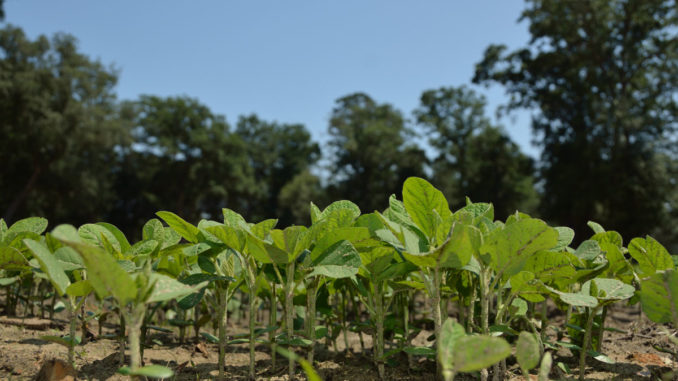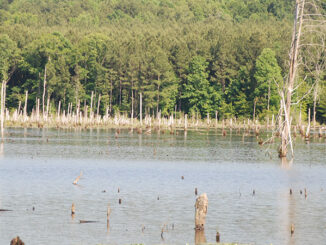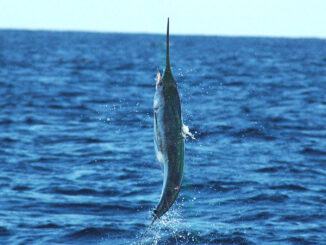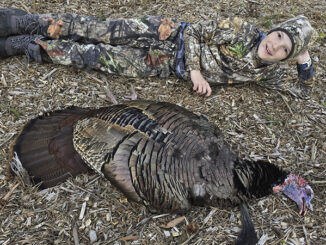
Deer’s love of crops helps new plantings thrive
Over the summer, everything is green and lush, with acres of nutrition around every corner. On most properties, deer don’t have to step out of their woodlots to get all the nutrition they can ask for. But for deer living in Carolinas’ prime agriculture country, fields planted in soybeans and peanuts are too tempting. Having these solid food sources available early in deer season can be a food-plotter’s best friend in order to get a fall crop out of the ground without getting pillaged.
Throughout the year, deer seek out prime food sources, and they hone in on peanuts and soybeans from the time the first few sprouts emerge from the soil until after harvest. While deer can be a nuisance for farmers, the fields can be an early season hot spot for hunters.
Several years ago, Auburn University conducted a deer-movement research project on the 6,400-acre Brosnan Forest in South Carolina’s Dorchester County. The study produced accurate GPS location data on 37 bucks every half-hour, logging 115,000 locations logged between Aug. 24 and Nov. 22. The research efforts supported the notion that deer leave their core areas and migrate to hot agriculture fields on the outer limits of their home ranges. They have no problems picking up and moving to hot food sources when they become available, then go back to their core areas when these fields lose their luster.
The love and attraction for agriculture in the early season is a gift from God for food-plot growers in areas with high deer densities. Not only can hunters use these fields to select out their trophy, they take pressure off new fall plantings.
One of the toughest feats to overcome in high deer-density areas is early browsing. Some food-plot varieties can withstand heavy browsing early in their growth cycles, and premature browsing prevention can make a huge difference to the fate and effectiveness of the plot.
Even though food plots are planted specifically to attract deer and provide nutrition, premature browsing will destroy a crop long before it’s fully developed. Some food-plot plants have the capacity to produce several thousand pounds of forage per acre, but overbrowsing early, when the plant is vulnerable and only 4 inches above the ground, prevents plants from reaching their full potential.
Property managers commonly use a wide range of physical and chemical deterrents to prevent premature browsing. From erecting electric fences and balloons to a mixture of chemical treatments, many options can help prevent deer from destroying a crop before its target use date. They do have a positive impact on food plots, but their effectiveness is usually short-lived, as deer learn these deterrents are no longer threats.
Property managers can take advantage of nearby peanut and soybean fields while getting their food plots back in the deep cover off to a good start. One of the toughest food plots to establish is one surrounded by trees and thick cover. Deer always feel more comfortable back in the woods, away from exposure. As soon as a prime food source is mature, these can be super places to find a mature buck trailing a doe well off the beaten path.
While most deer are centered on the agriculture fields, some will stay behind. It’s always a good measure to continue to use physical and chemical deterrents to give food plots a chance to succeed. When agriculture fields are harvested and lose their attractiveness, hunters can look to surprise a few deer when they return home.





Be the first to comment